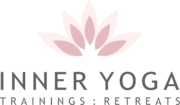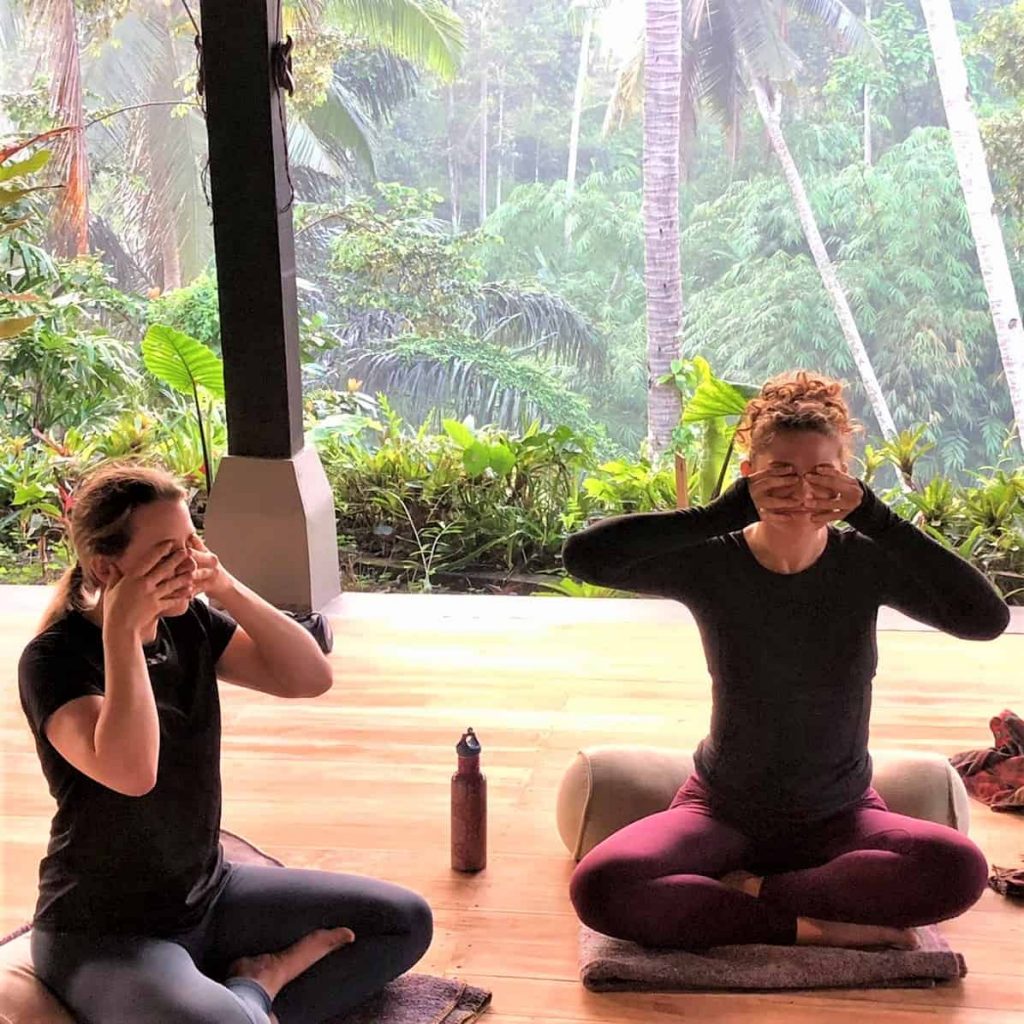What are we without the breath? It is the life force moving through us that sustains us. Some say it is the soul manifesting through the physical body. Without the breath, we do not exist in this physical form. The differentiating factor between yoga and other forms of exercise is a focus on the breath and how it influences our physical, emotional and mental states. Because of this, in some ways, the breath is the most important and fundamental aspect of a yoga practice. Pranayama is the practice of breathing exercises in yoga to instill a particular state of being in the body and mind.
Some Pranayama invoke an alert, attentive, and uplifting state of being while others are more grounding and calming in nature. A basic understanding of various Pranayama practices is an essential component of being a yoga teacher and is incredibly beneficial for your personal yoga journey as it can calm you in moments of stress, cleanse your system and uplift you when you are feeling low.
Examples of various pranayama exercises are Nadi Shodhana, Kapal Bhati, Bhastrika, Nine-Count breath, and Bhramari. While each Pranayama will influence the mind and body in a different way, all breathing exercises have the power to drastically impact your nervous system and internal state of being. Practices such as Bhastrika generate heat in the body. Bhastrika in particular aids in digestion and can increase appetite. When practiced with a Kumbhaka, or breath retention, it is particularly powerful. Bhastrika Pranayama is so energizing and heating in nature that it is advised to avoid practicing it before bed.
Pranayama practices such as Nadi Shodana and Bhramari, on the other hand, are cooling and calming in nature. Nadi Shodana, or alternate nostril breathing balances the left and right hemispheres of the brain and activates the parasympathetic nervous system. Bhramari, or humming bee breath (seen in blog photo), consists of a deep breath in, blocking the ears and humming for the full length of the exhale. The vibration from the humming in unison with the elongated breath is taught to activate the parasympathetic nervous system and can help alleviate symptoms of anxiety and depression. Simply elongating the exhale to be longer than the inhale breath is another way to calm the nervous system, body, and mind. The best 200 hour yoga teacher trainings in Bali will provide insight into the specific effects of different Pranayama and how to teach them effectively.
Breathing exercises are best paired with asanas and styles of yoga that are in alignment energetically. Pranayama that is uplifting and invigorating in nature is best paired with asanas that cultivate the same energy – such as back bends and a more dynamic, vinyasa style yoga. Pranayama such as Brahmari or Nadi Shodana are a great compliment to a yin yoga practice. Yin yoga is calming and grounding in nature, so by pairing a cooling, relaxing Pranayama with a yin practice can help create an even more calm grounded state in the practitioner. With that said, more grounding calming breathing exercises can be a great compliment to the end of a more dynamic uplifting practice to help stabilize and calm the internal state of being if one is feeling ungrounded after a highly energetic or heated practice.
Without breath awareness, there is no yoga. The best way to upskill in your knowledge and understanding of Pranayama is by attending a 200 hour yoga teacher training course in Bali. If you are planning on completing your 200 hour yoga training course in Bali or anywhere else, we recommend checking that Pranayama is included in the syllabus, which it should be if the school is registered with Yoga Alliance US.
Pranayama practices help us utilize the power of the breath on and off the mat. Pranayama is an incredible tool to regulate your state of being not only in your yoga practice, but in your life. Specific breathing exercises can help you cultivate particular energies throughout your day and aid in the regulation of your nervous system. They can also help to amplify the energy you are aiming to cultivate in your yoga practice.

